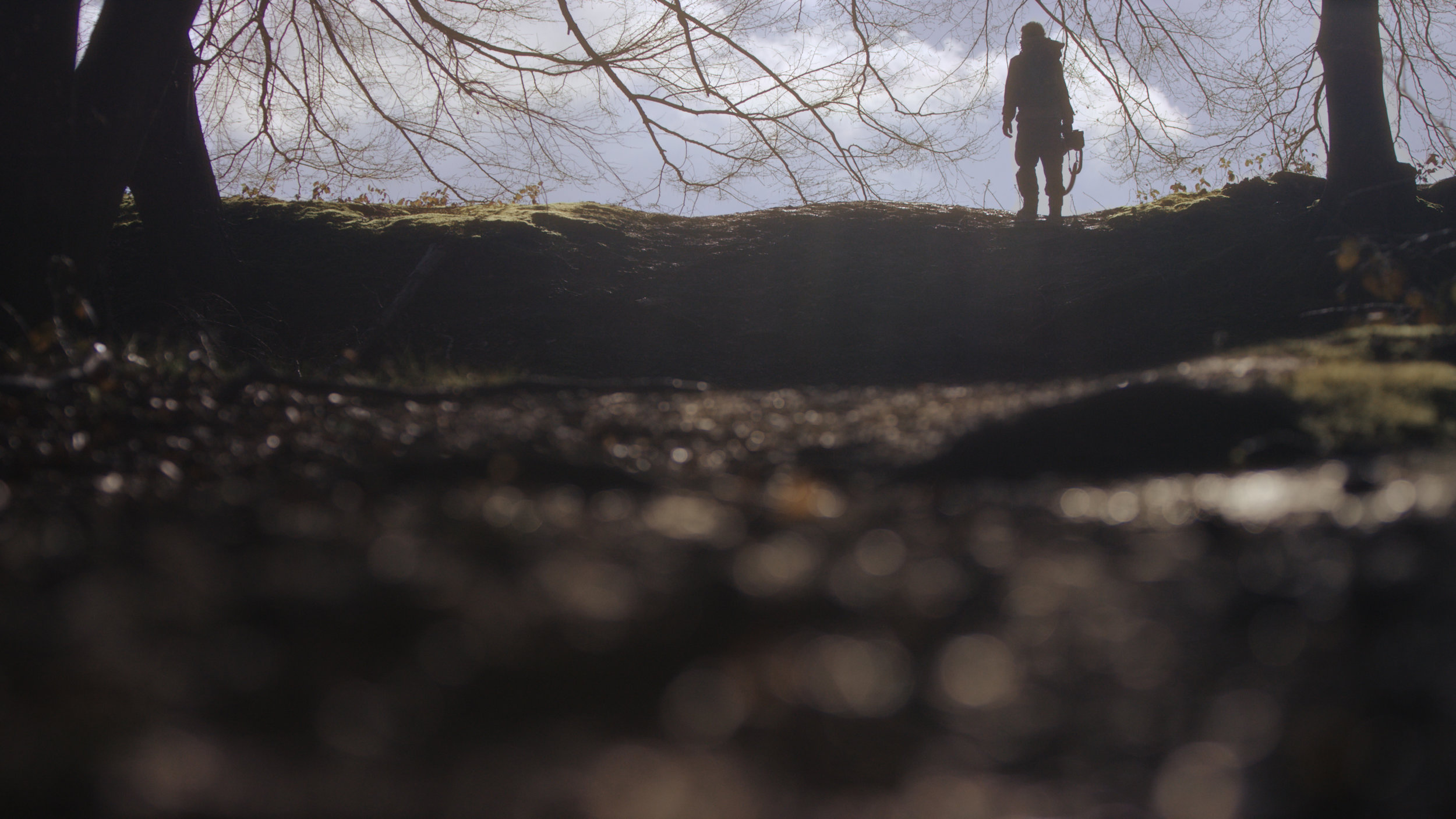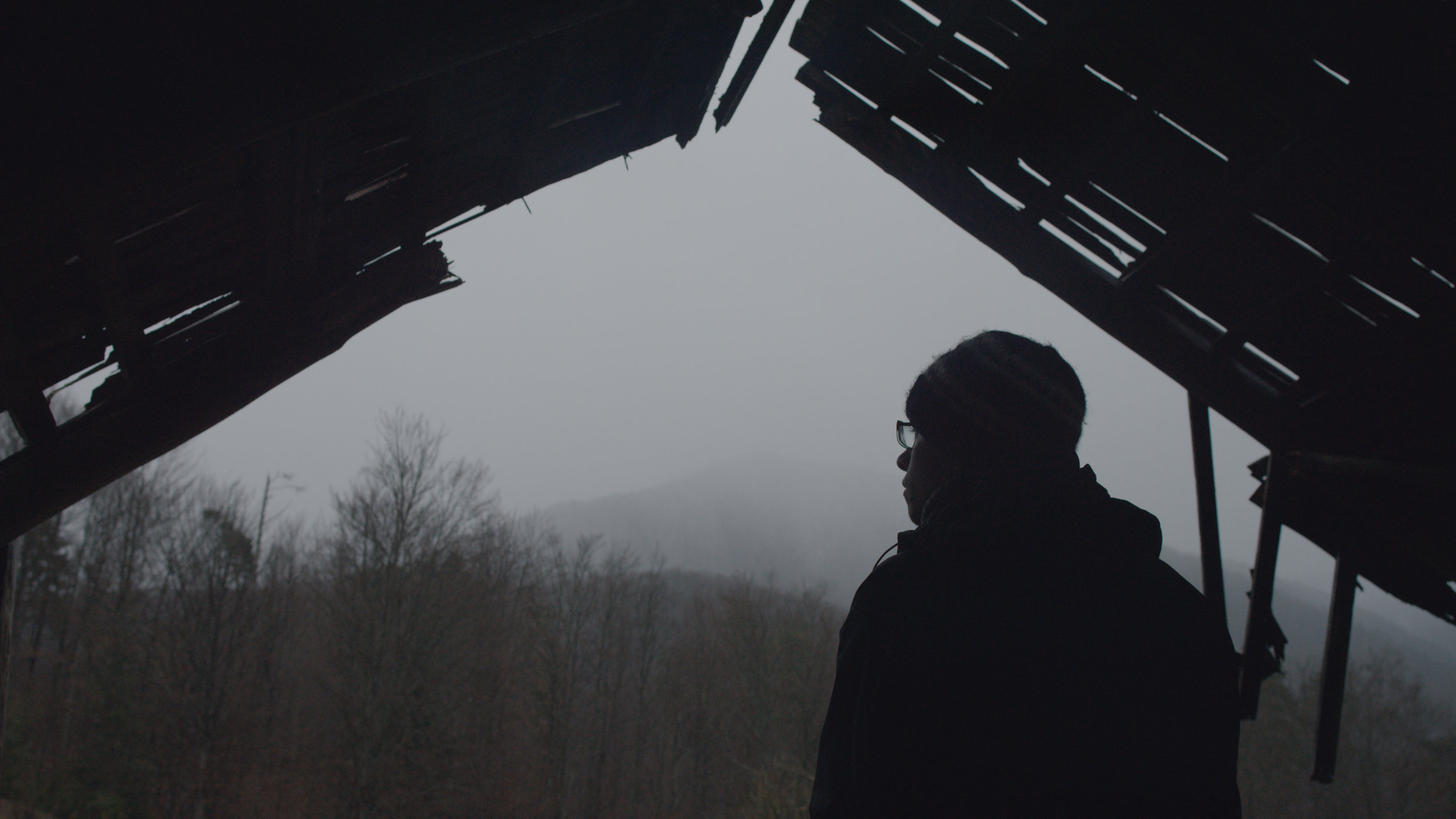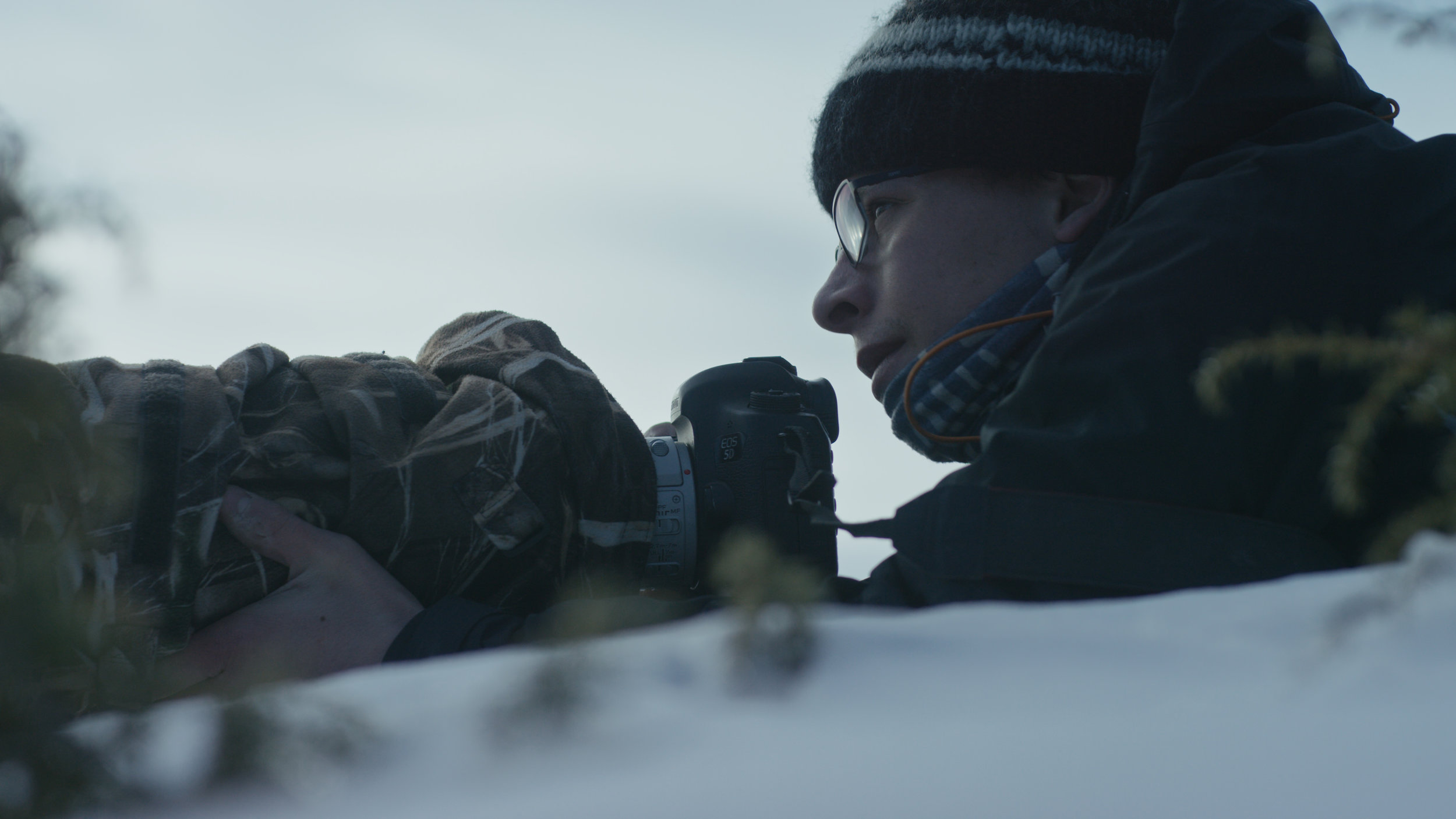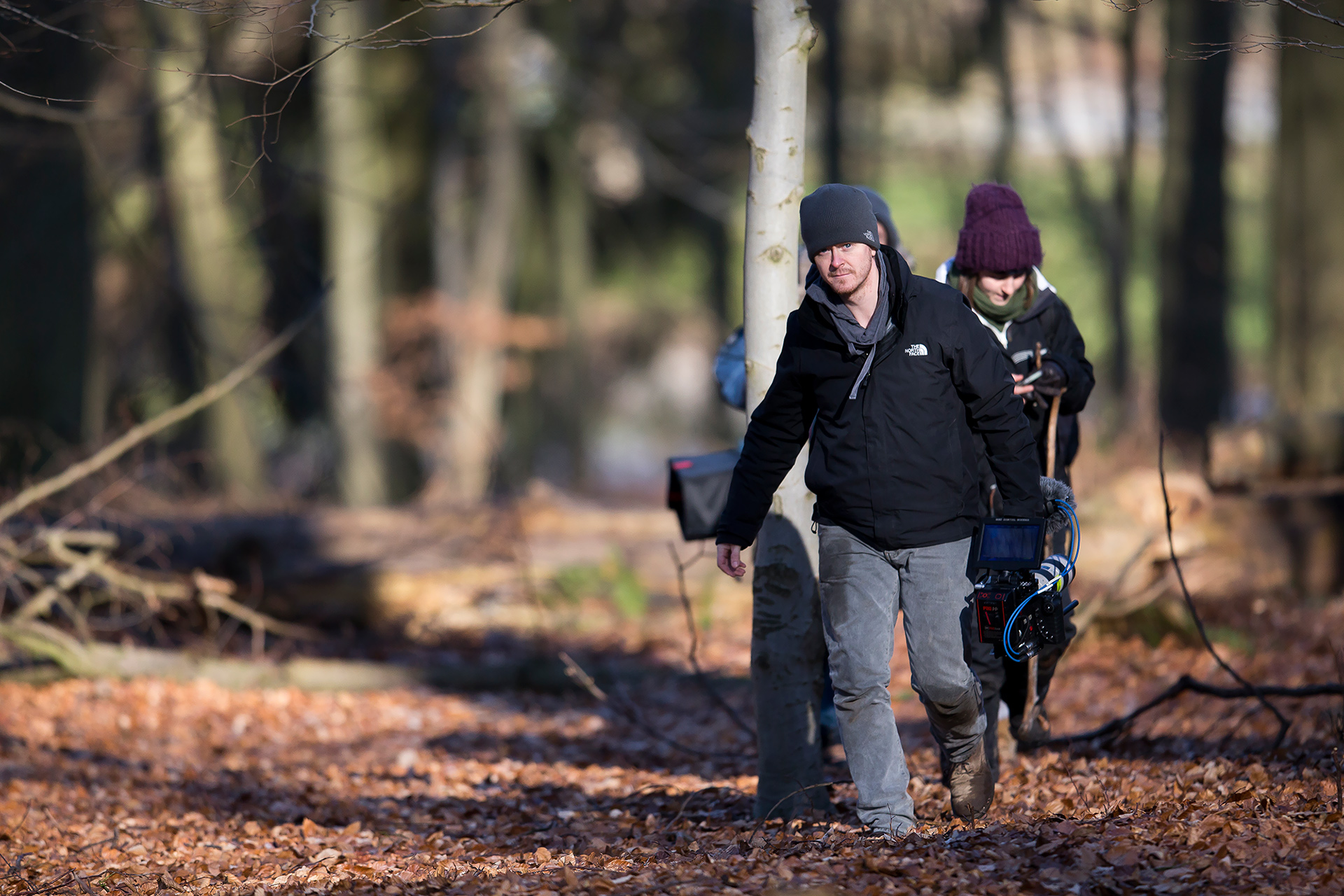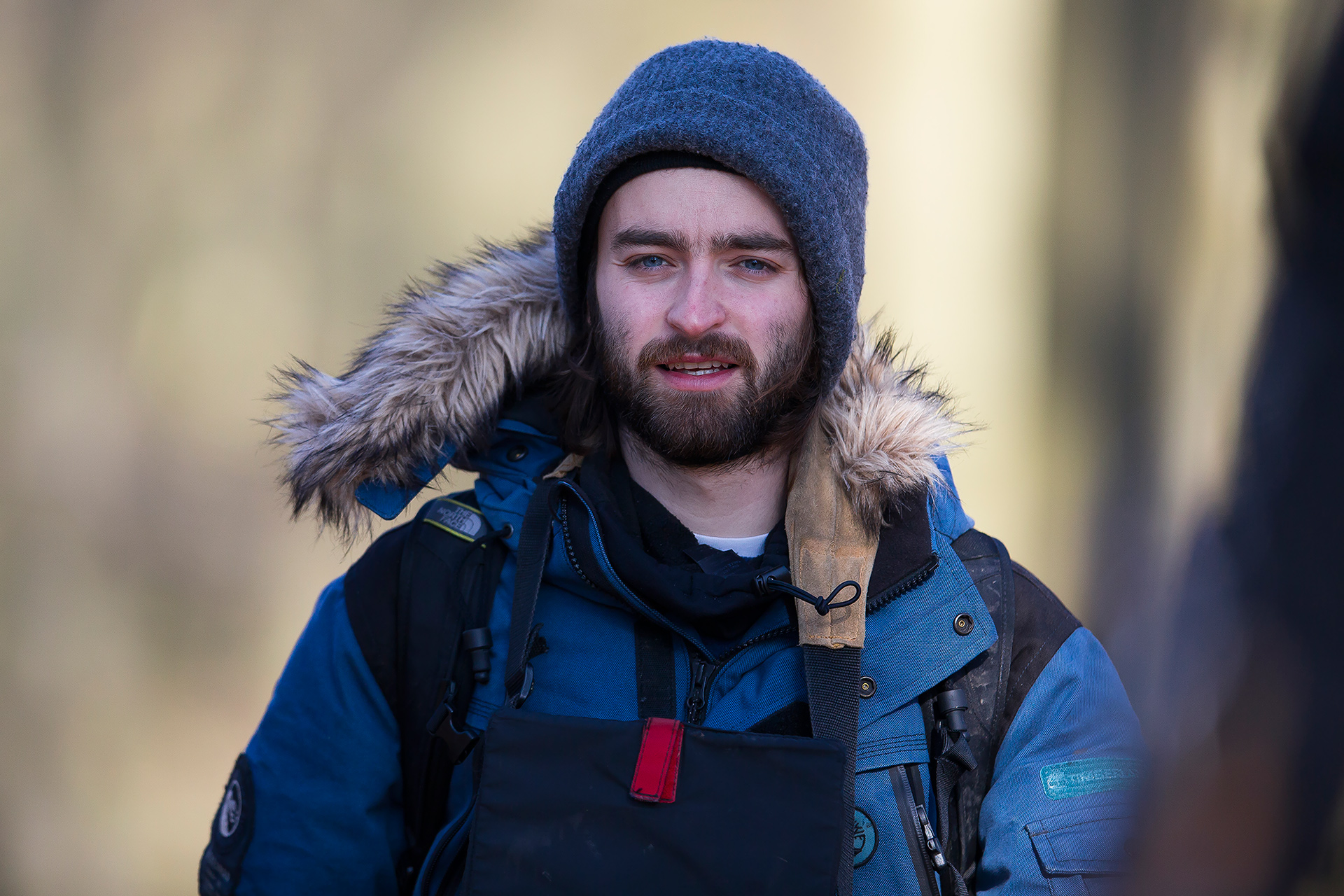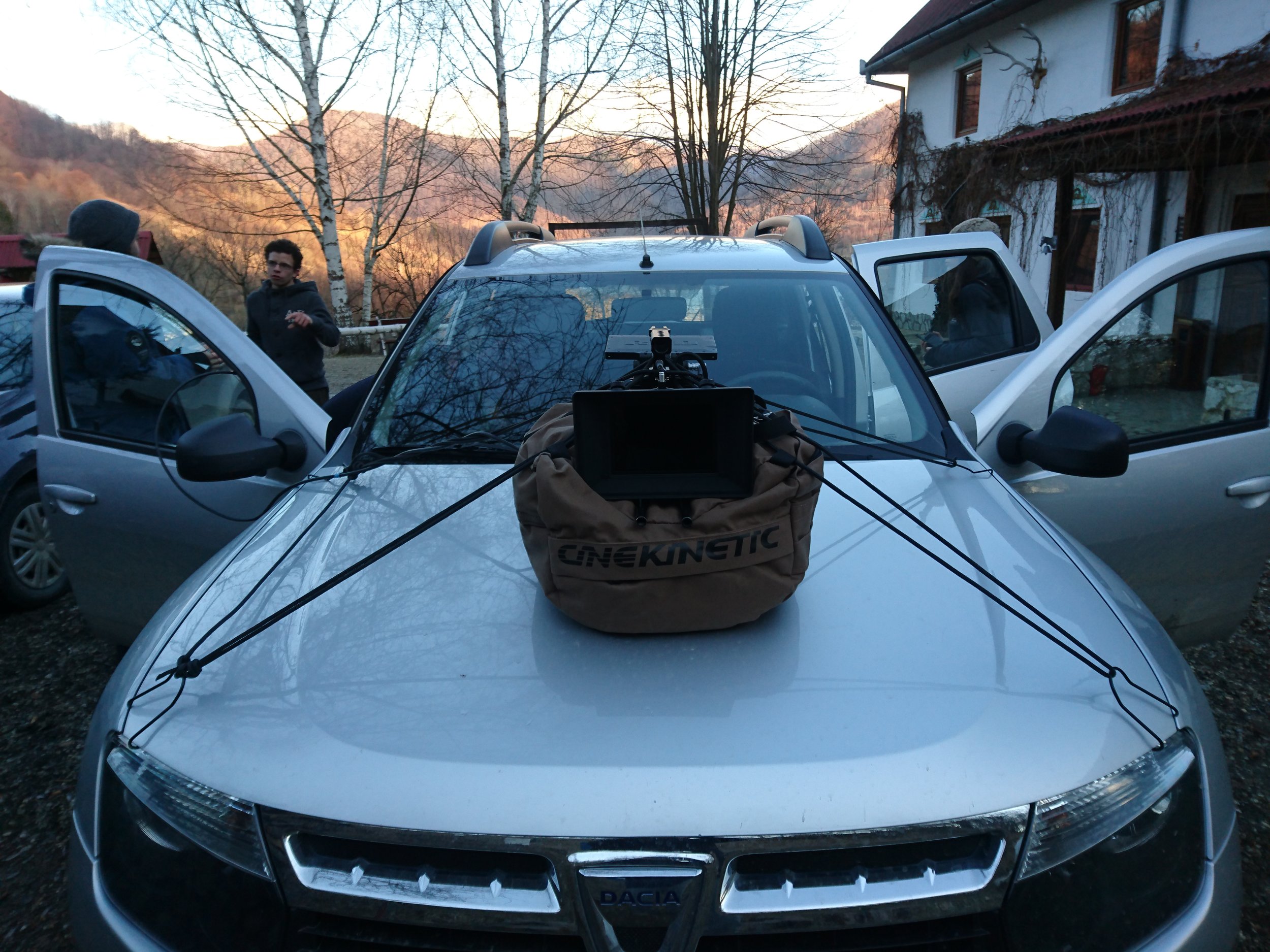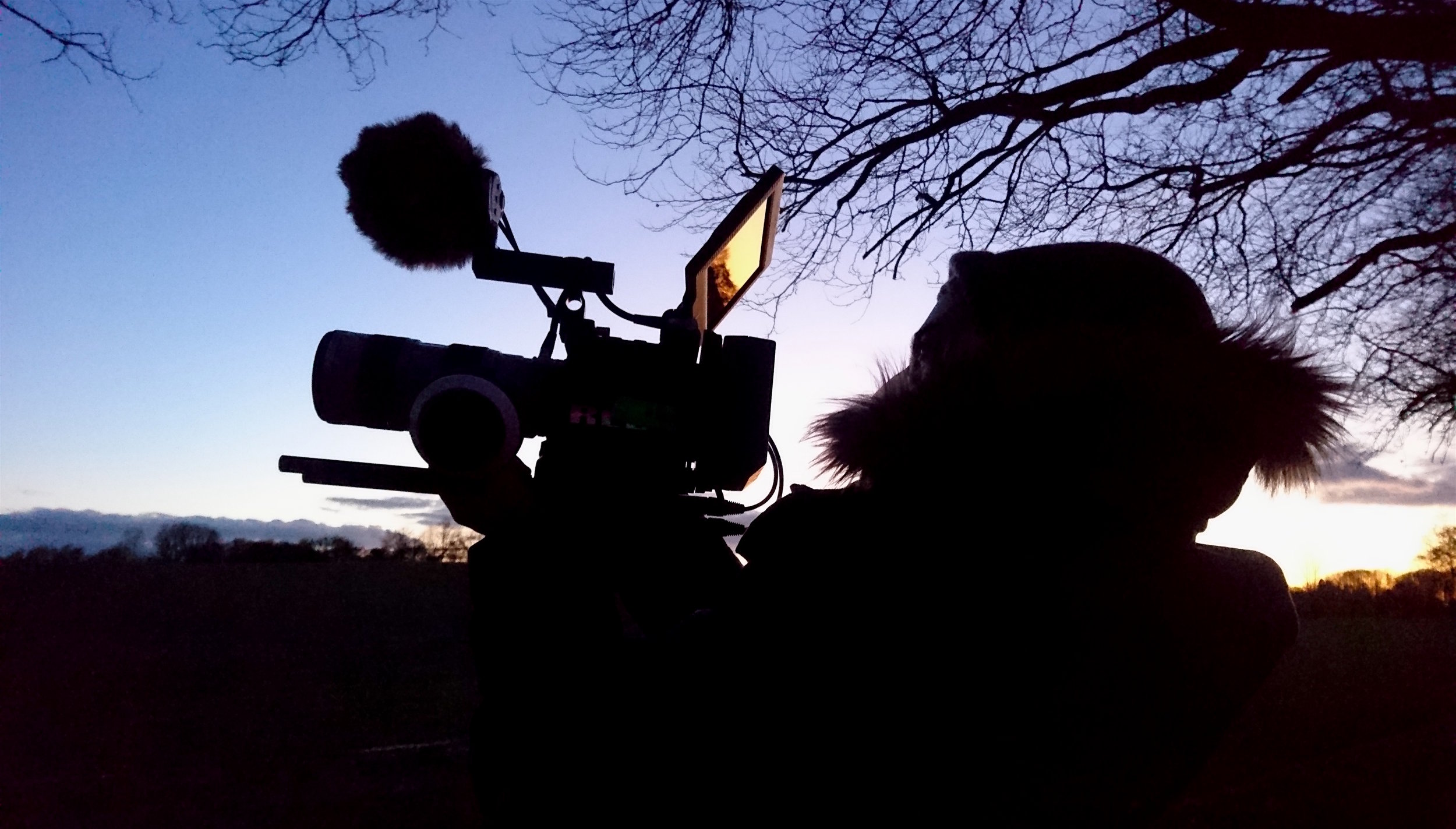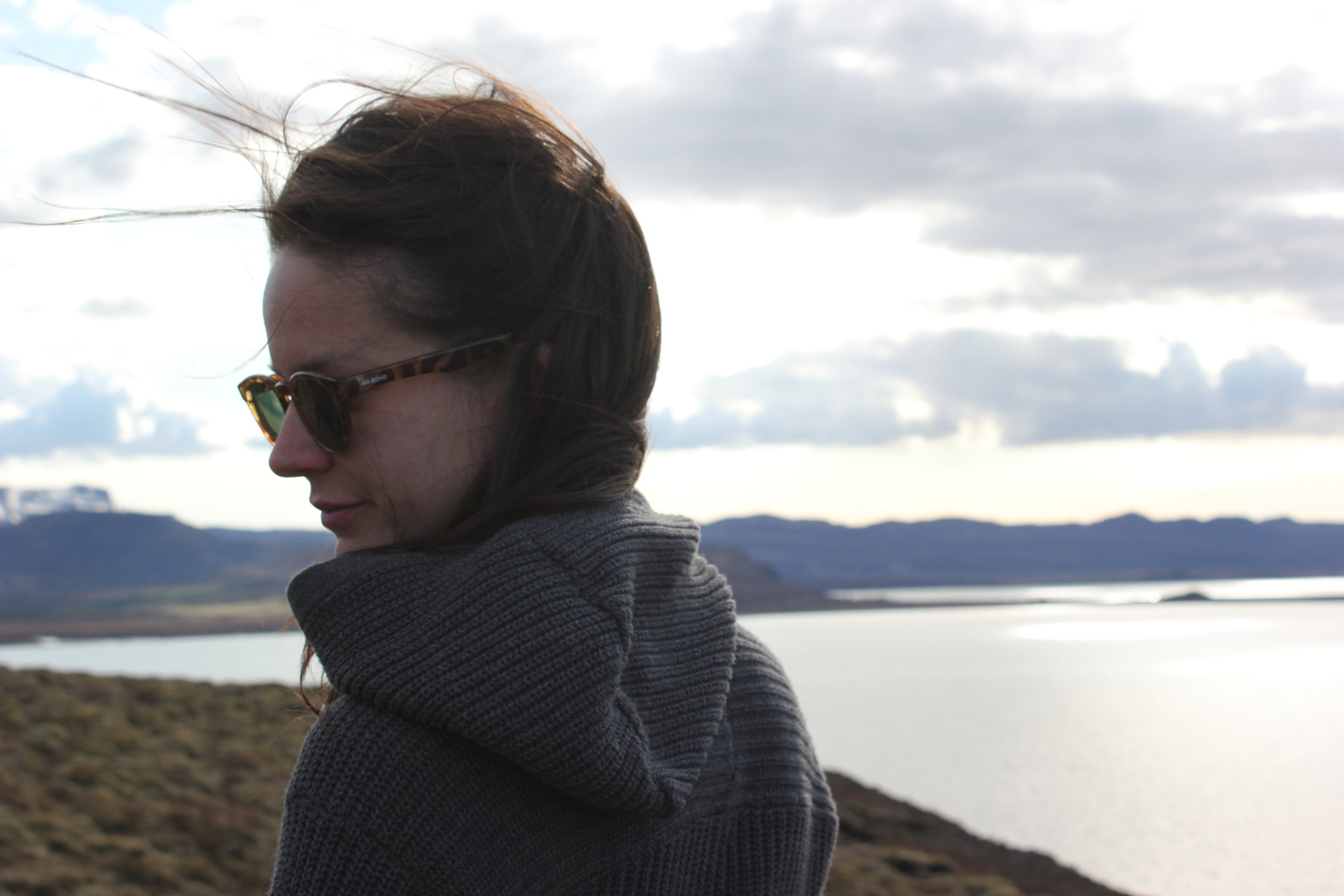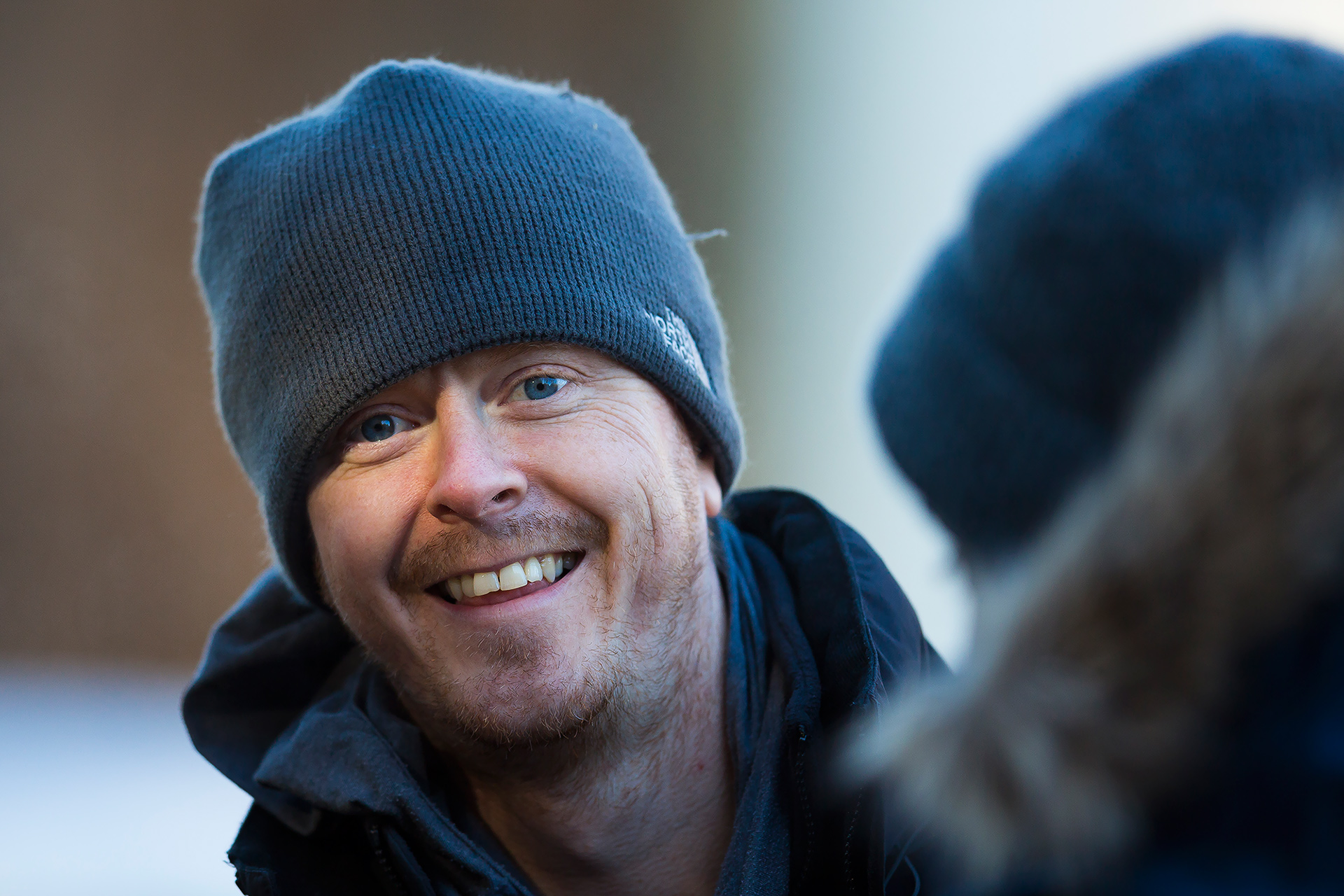Filmmaking Case Study: Matching Visual Style to Your Story & Characters

When you let your story and characters dictate your aesthetic decisions as a filmmaker, you'll hit a home run every single time.
This statement is a paraphrase of something Shane Hurlbut said on a podcast interview a few years back. Ever since I first heard it, it's been one of my favorite pieces of filmmaking advice to share with people and practice on my own.
However, it's one of those statements that seems kind of vague and non-practical until you start seeing some examples and hearing from the filmmakers who crafted them. And that's exactly what we've got in today's article.
My friends over at Contra, a video production agency based out of the UK, just put out a short documentary that is a fantastic example of matching visual style to your characters in some concrete way.
The film is called The Wait, and it's all about a young wildlife photographer named Michel D’Oultremont, who's doing something genuinely different and inspiring in a genre of photography that tends to all look the same after awhile.
So, when the producers at Contra were presented with the opportunity to tag along and film Michel on a project photographing wild bison in Transylvania, they jumped at the chance. Here's what they came up with:
In case you're not in a position to watch the film right now (which you definitely should because it's quite beautiful and inspiring), here are a few examples of Michel's wildlife photos that show off his distinct, painterly visual style.
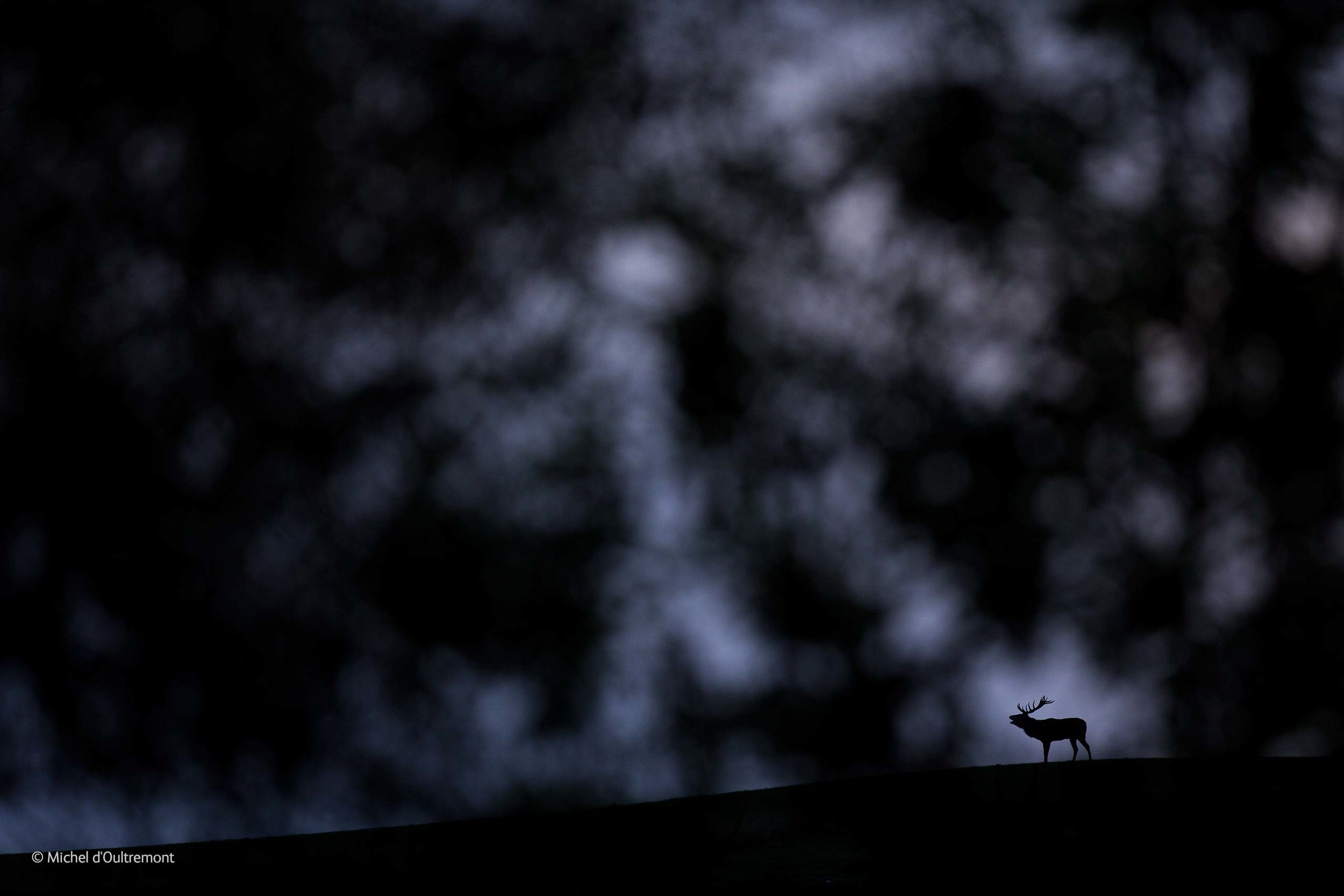
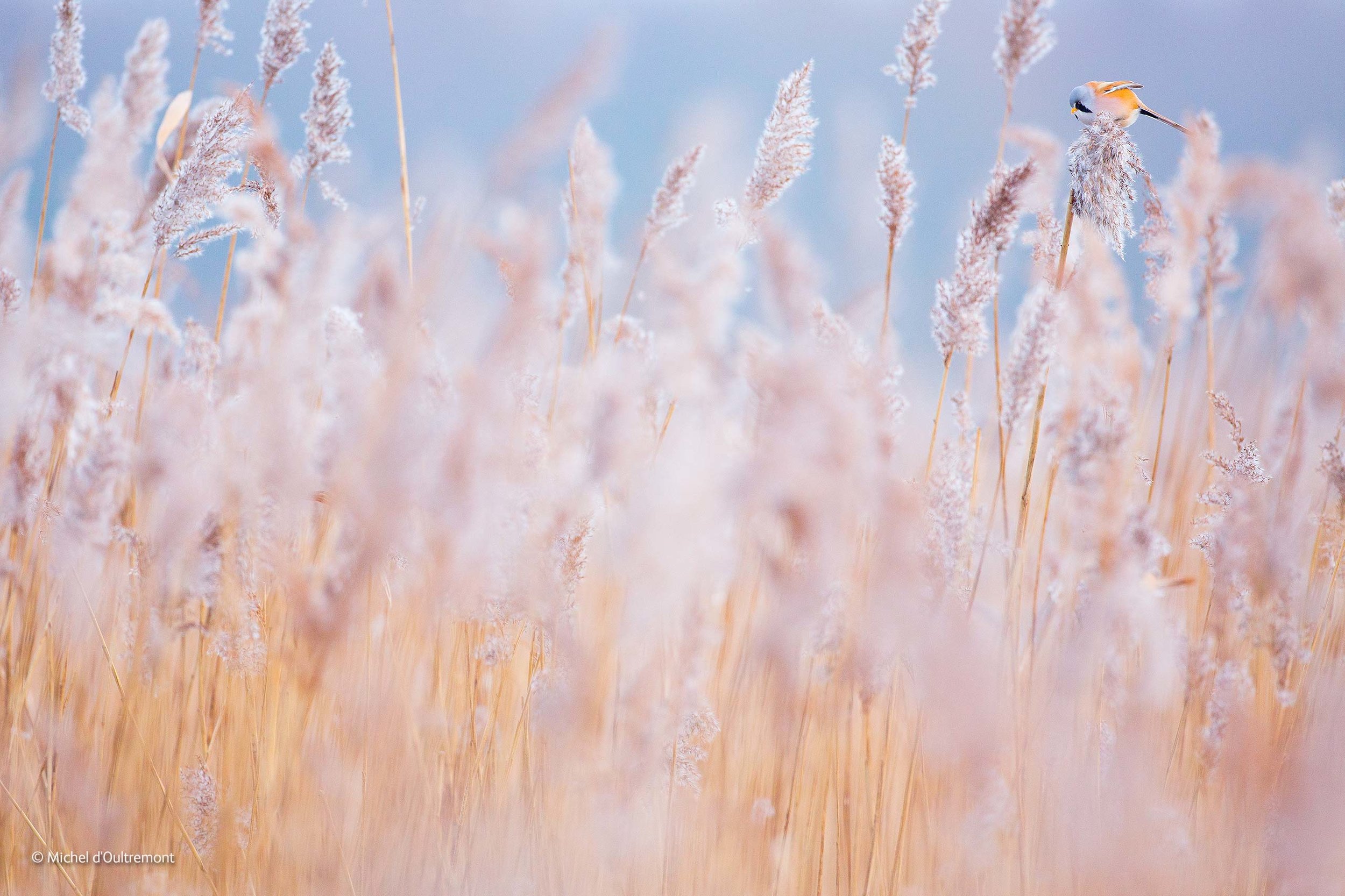
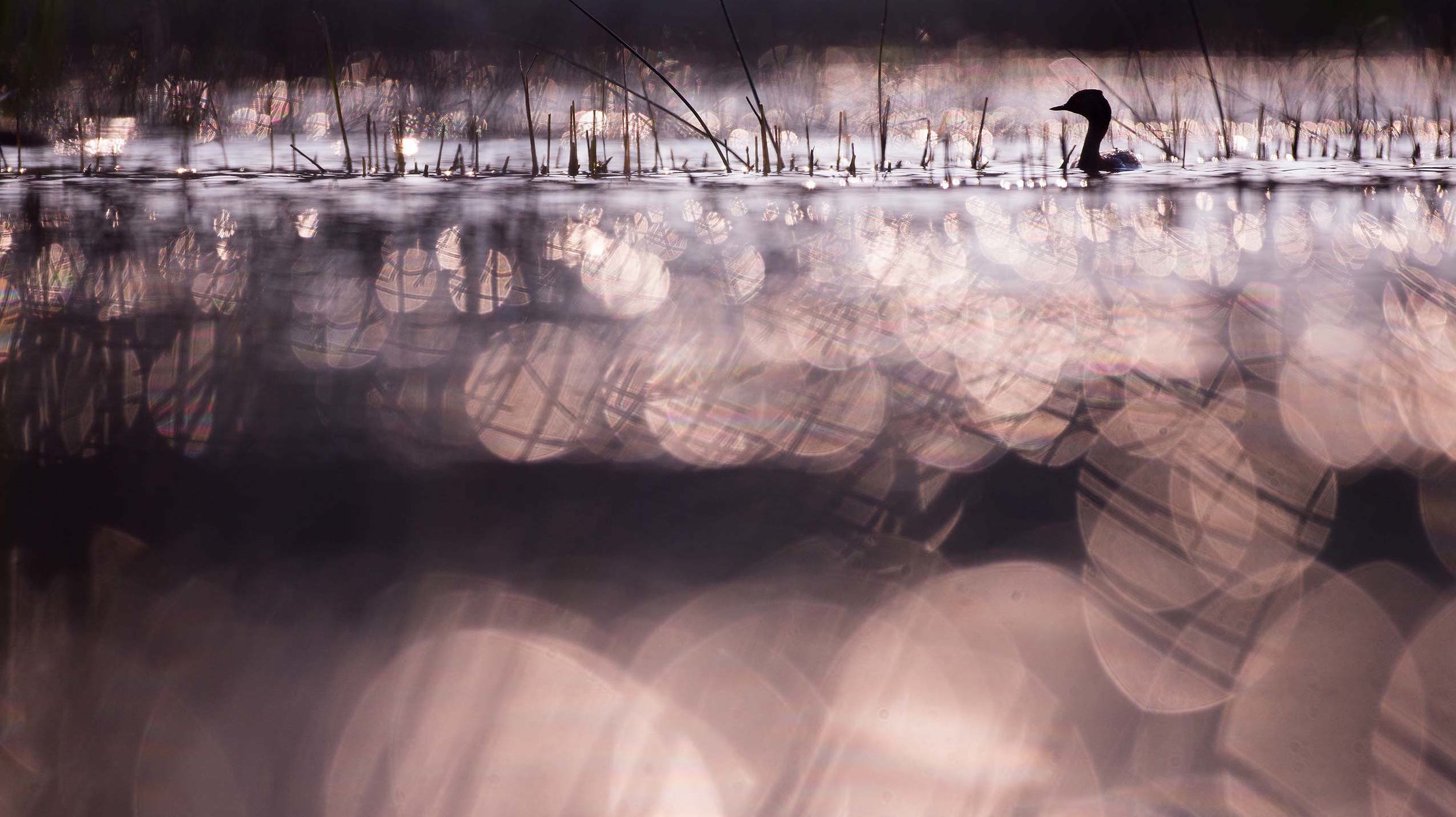
It was this style that originally caught the eye of David Hayes, who teamed up with DP John Ford and producer Hannah Salvanes Mclean to tackle this project. It wasn't long before they had decided that the film itself should be a reflection of and homage to Michel's style.
Here's what David had to say about this aesthetic decision, and the whole process of capturing Michel at work:
I was immediately intrigued by Michel’s photos; they had such a unique quality. I wanted to document his creative process and also paint a picture of this very young guy out in the middle of nowhere creating such stunning images. We contacted Michel directly and he mentioned an upcoming project following wild bison in Transylvania; it didn’t take us long to accept that invite!
Before the shoot I spent a lot of time studying Michel's photographs with our Director of Photography, John Ford. We really wanted the film’s aesthetic to reflect Michel’s creativity and boldness, to pay homage to his style with our own fresh approach. In a sense, we wanted to challenge ourselves to document Michel in the same way that he documents the animals.
“We really wanted the film’s aesthetic to reflect Michel’s creativity and boldness, to pay homage to his style with our own fresh approach. In a sense, we wanted to challenge ourselves to document Michel in the same way that he documents the animals.”
Being out in the field with Michel was so interesting. We watched him silently roam around these phenomenal landscapes and then carefully choose his spot. The thing that struck me most profoundly was his patience, and that’s where the title of the film comes from.
I think for most of us the pace of life is overwhelmingly fast. With Michel it’s different; he is fully prepared to stay in one spot for hours and hours until all the elements within his frame come together for a perfect moment.
Here are a few stills from the finished film that reflect Michel's style in subtle ways:
Much like Michel's photographs, the film features plenty of unconventional framings, often with the natural surroundings playing an commanding role, almost as if they're a character in and of themselves. This is supplemented with plenty of long lenses, shallow focus, silhouettes, and heavy use of bokeh.
But there's another major consideration that Hayes and the production team took into consideration when crafting the look of this film. They didn't want their images to match Michel's so much that his wouldn't stand out. In other words, it was essential to pay homage to Michel's style, while still allowing his images to take center stage.
Here's what John Ford, the film's Director of Photography had to say about the whole process of capturing Michel with this distinct philosophy:
Having admired Michel’s photos for a while I was excited by the idea of telling his story with a similar aesthetic to his work. He would always have a respectful distance from his animal and use the natural surroundings to frame his subject, often using beautiful bokeh and light to help the animal stand out and create a stunning painterly image.
“He would always have a respectful distance from his animal and use the natural surroundings to frame his subject, often using beautiful bokeh and light to help the animal stand out and create a stunning painterly image.
We wanted to echo this style in our work but ensure we let his photos stand out in the final film.”
We wanted to echo this style in our work but ensure we let his photos stand out in the final documentary.
In order to do this, we worked at an ISO of between 800 and 1600, giving the picture a rich texture so that when we cut to the Michels pictures, there is a purity and stillness to his work, while our footage gave a more gritty, real sense of the wilderness.
We then had plenty of control over the lens to ensure, where possible, we would emulate his shallow depth of field, beautiful bokeh and creative framing. Using a combination of an 85mm Prime and 70 - 200mm zoom, we were able to keep our distance from Michel while he respectfully kept his distance from his subjects. Finally, we always had our iPad with us, loaded with Michel's images as a frame of reference so that we could ensure a consistency of look and echo his beautiful style.
In terms of the logistics of this shoot, they were exactly as challenging as you might expect. Here's producer Hannah Salvanes Mclean's account of the five-day production:
The wild bison were situated on top of a mountain we could only access by walking up a steep track for a couple of hours. This meant that we had to carefully plan our days; once we were up there there was no going back down for missing bits of kit or food. We had to reduce the kit to the vital minimal to avoid unnecessary weight on our backs and the sub-zero temperatures were also a challenge.
The camera batteries tend to use a lot of energy in the cold so we gaffer taped heat packs onto them (and put a few in our boots too!). David wanted to capture the gorgeous colours of dawn and dusk which meant long shooting days. The crew was incredibly resilient and eager to do Michel’s work justice which made for a fantastic shoot.
All in all, The Wait is a fantastic little film that executes the concept of "matching visual style to your story and characters" in a compelling, thoughtful way. And though this example was tailor made for mimicry of Michel's unique style, the thought-process the filmmakers used to capture him is applicable to all of our work, whether we make documentaries, narratives, or any other character-driven projects.
If you'd like to check out more of Contra's work (all of which is fantastic), be sure to check out their website and Vimeo channel as well as following them on facebook and twitter.

